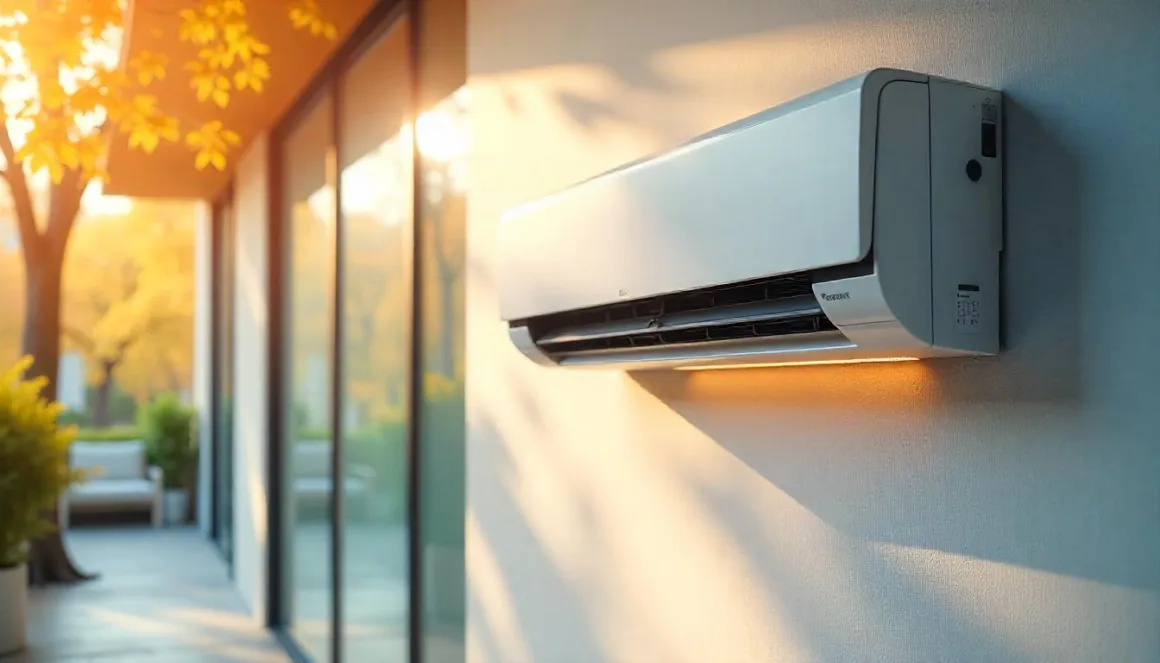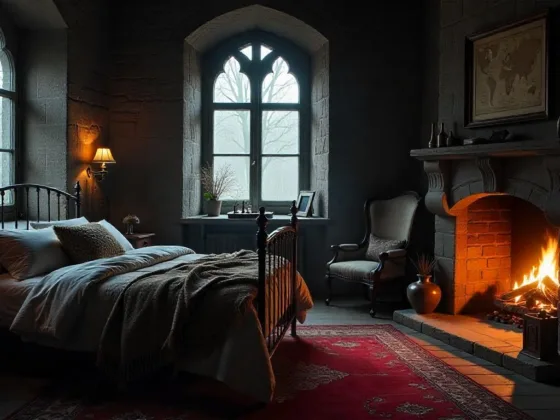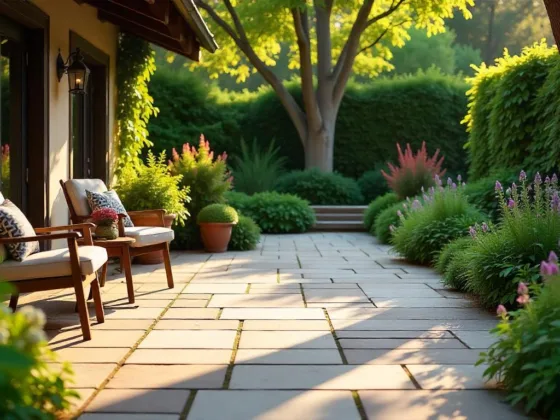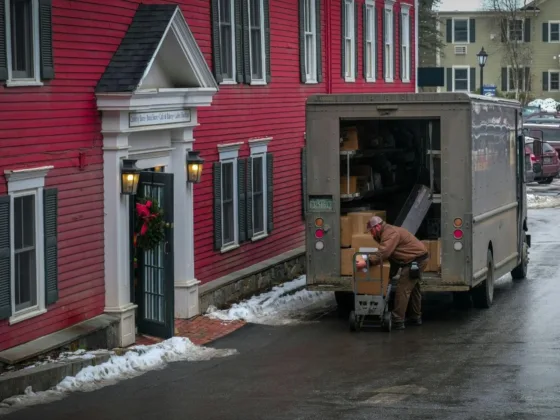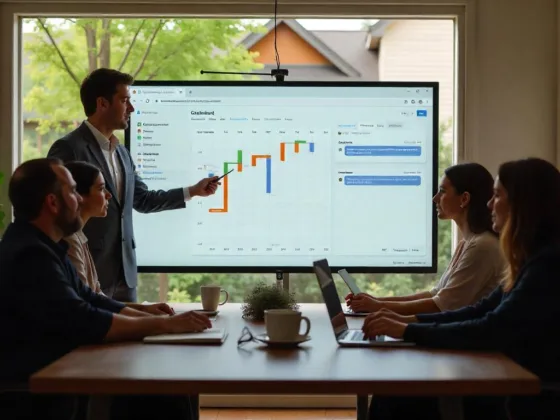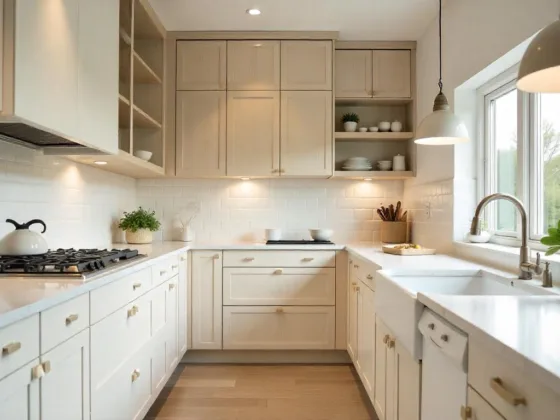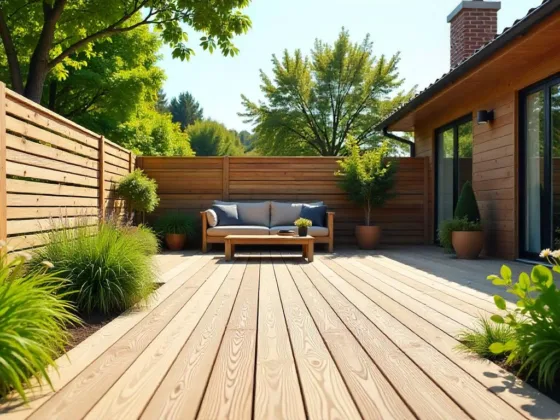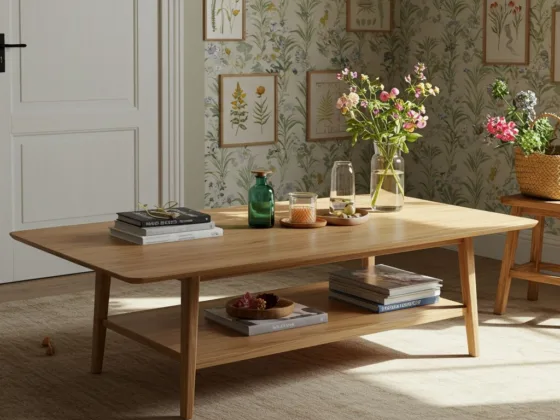Table of Contents Show
Australia is currently in the middle of summer and already facing extreme heatwaves, with temperatures exceeding 34°C in Adelaide and other regions of South Australia. Air-conditioners are working at maximum capacity throughout the state to fight off the heat — particularly in offices — but this surge in energy consumption will also unavoidably result in skyrocketing cooling expenses.
If you manage a workspace or business and want to maximize the benefits of your commercial air conditioning in Adelaide while keeping expenses down, here are some practical strategies you can implement this scorching summer to ensure you’re using your air-conditioning effectively.
1. Perform Regular Maintenance
Commercial air-conditioning systems need regular maintenance to ensure that they are operating at full efficiency and can last for a longer time.
You should schedule professional servicing at least annually — preferably in the spring or autumn, when temperatures are milder and air-conditioning is less critical to environmental comfort.
Maintenance work may include:
- Filter cleanings/replacements. The more clogged the filter, the less air flows through it, which means the system has to work harder and use more energy. This can be done monthly if air-conditioning use is heavy or if the environment has a lot of pollutants; otherwise, once a year may suffice.
- Inspecting ductwork. Ductwork needs to be properly sealed and insulated to maintain optimal airflow, especially in summer. Any leaks can mean significant energy losses because less cold air is delivered to you, making the system work harder to cool the room.
- Refrigerant checks. If your air-conditioning is not cold enough, this could be due to low refrigerant levels. Get a professional technician to check and recharge the system.
2. Optimise Thermostat Settings
If you want your workplace to feel like the Arctic, that’s unfortunately going to cost you. According to the Energy Efficiency Council, for every degree lower that you go on the thermostat, your bill can increase by as much as 15 percent.
However, you really don’t need your surroundings to be that cold to beat the summer heat. As a rule, says the Council, your commercial air-conditioning should not be set more than eight degrees below the outdoor temperature. In an Australian summer, 24°C is recommended as the optimum temperature to balance comfort and cost savings.
You can stretch these savings further by investing in smart HVAC controls that allow you to schedule when the air-conditioning goes on and off (such as just before and after work hours), as well as to control it remotely so you can adjust settings as needed.
3. Use Energy-Efficient Systems
With HVAC systems accounting for up to half of a commercial building’s energy use, investing in an energy-efficient commercial air-conditioning system can significantly impact your energy costs — especially during peak usage periods like summer.
Some air-conditioning systems will display energy star ratings on them, but you may need professional air-conditioning technicians to explain whether these systems meet minimum annual energy efficiency ratio (AEER) values and seasonal energy efficiency ratio (SEER) ratings.
As suggested earlier, choosing commercial HVAC systems with smart functions can also help you improve energy efficiency with adjustable schedules and temperatures, as well as giving you more insight into energy consumption and performance.
4. Implement Zoning Systems
If you have a larger workspace with different rooms and zones, it may be worthwhile considering a zoned commercial air-conditioning system for your Adelaide business. This is usually achievable through ducted air conditioning and allows you to set different temperatures for different areas instead of having one temperature for the whole place.
As an example, smaller meeting rooms that aren’t often used may not need strong air-conditioning, while larger spaces such as the dining area of a restaurant may require it. If you are considering a zoned approach, you will need to consider factors such as:
- Size of the property
- How different rooms are used
- How the ductwork will be installed
- The existing climate of your premises.
It’s best to speak to an experienced commercial air-conditioning technician to design a cooling solution that is optimally tailored to your business’s unique needs.
5. Enhance Shade and Insulation
The cooling burden doesn’t have to fall completely on your commercial air-conditioning system. Good insulation and strategic shade can also help keep things cool naturally, reducing the load on your HVAC system and extending its longevity.
For instance, you could install double-glazed windows to reduce the amount of heat entering the building. These can be paired with shades or awnings that can block direct sunlight from hitting the windows. When used together, they can be effective in keeping the air inside cooler for longer.
Additionally, you can also consider sealing leaks around windows and doors using weather stripping or caulking, or installing under door seals. This helps prevent cool air from escaping in the summer and makes it easier for your system to maintain a consistent temperature.
Beat the Heat with the Right Commercial Air-Conditioning
Stepping into a comfortably cool environment during these hot Australian summers can be a welcome respite from the heat. However, given rising energy prices, it’s also important to ensure that you’re getting the most out of your commercial air-conditioning systems in Adelaide so that you don’t break the bank trying to stay cool.
When in doubt, it’s always best to consult a professional air-conditioning technician. They can provide detailed advice on design, installation, usage, and maintenance to optimise your commercial air-conditioning, allowing you to deliver a comfortable environment for employees and clients while minimising energy costs and usage.
FAQs
It’s recommended to schedule professional servicing at least once a year, ideally in spring or autumn when temperatures are milder. However, if your air-conditioning is heavily used or in a polluted environment, monthly filter cleanings or replacements may be necessary.
To balance comfort and cost savings, it’s best to set your air-conditioning no more than eight degrees below the outdoor temperature. A recommended temperature during an Australian summer is around 24C.
Consider investing in energy-efficient systems that have good energy star ratings and meet minimum annual energy efficiency ratio (AEER) and seasonal energy efficiency ratio (SEER) ratings. Also, using smart HVAC controls can help you manage energy consumption more effectively.
Zoning systems allow you to set different temperatures for different areas within your workspace, rather than maintaining a single temperature throughout. This can help save energy, especially in larger spaces where certain rooms may not need as much cooling.
Good insulation and strategic shading can help keep your building cooler naturally, reducing the load on your HVAC system. Installing double-glazed windows and using shades or awnings can block heat from entering, while sealing leaks around windows and doors can help maintain a consistent indoor temperature.
It’s always a good idea to consult a professional if you’re unsure about the design, installation, usage, or maintenance of your commercial air-conditioning system. They can provide tailored advice to optimize your system for comfort and energy efficiency.
